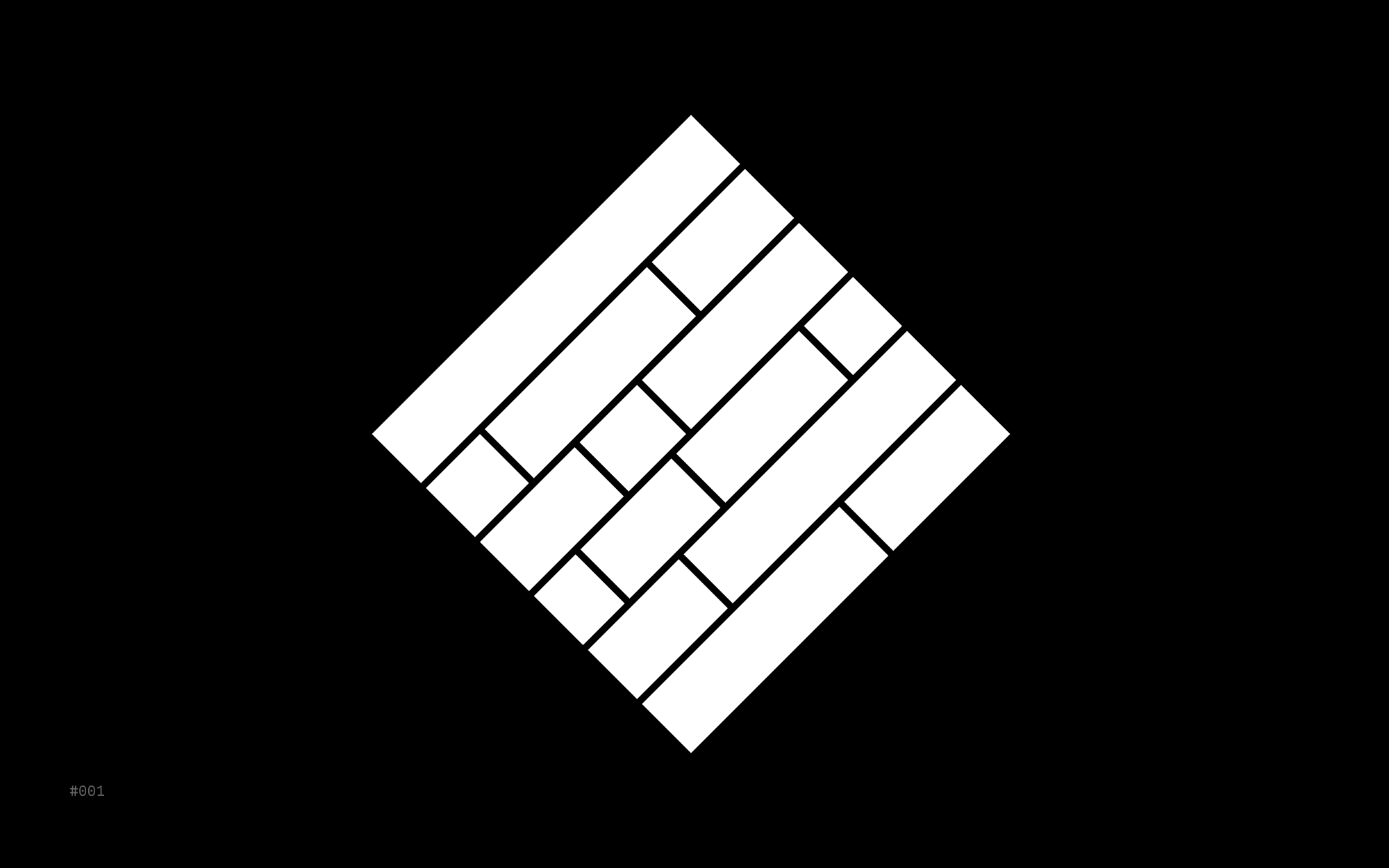THE STAGES OF THE CREATIVE PROCESS

All creative pursuits start from a few abstract ideas, continue experimenting with them, and culminate with the launch of a well-crafted version that everyone can now criticise.
A few years ago, a gray book with a black circle on the cover caught my attention. It was the now-famous The Creative Act: A Way of Being, written by Rick Rubin. It ended up being one of the most influential books ever written about the creative process. Although he did not reinvent the concept, his method of articulating it distinguishes it from others.
The process described is stupidly simple yet so powerful if implemented. It can be applied in research, design, writing, or other creative endeavours. The creative process contains three stages. The initial phase involves collecting seeds, followed by the experimentation phase, and ending with the crafting phase. However, this is a non-linear process that allows the creator to go back and forth between crafting, experimenting, and even gathering more or removing seeds if nothing feels right.
Phase I: Collecting seeds
Do you know those random screenshots, quotes, or photos collected without a purpose? They are not as random as one would think. These are the actual seeds. Any creative process starts from an initial collection of ideas.
This phase's only purpose is to create an unstructured, never-ending private mood board. The goal is to have as many uncorrelated data points as possible. Diversity is the secret element here. Got inspired by a road sign, a book cover, a movie scene, or the name of a song? Save them all. Mymind is an excellent tool for that.
The lack of a specific purpose allows us to collect endlessly. It's our curiosity and eagerness to broaden our interests that truly fuels this never-ending mood board. Without a defined outcome, we find ourselves in an uncharted sandbox filled with ready-to-use bits of inspiration.
Phase II: Experiment
The second phase is the experimenting phase. Whenever a new project or idea arises, there is an endless supply of carefully selected inspirations collected in the previous step. Those seeds can now be combined, molded, and bent at your will.
The key aspect of this phase is to experiment freely. In any creative process, it's better not to ask what it is but what it could be. The former directs our thoughts toward a fixed expectation, while the latter maintains an open perspective, giving us space to play with the seeds more freely. Often, combining uncorrelated things leads to innovative ideas that can be crafted in the next phase.
Phase III: Craft
Crafting focuses on the fine details, refining every aspect until it resonates with the creator in the moment. The finest experiment is now carefully crafted and ready to be shared with the world. The outcome of this phase is the best version that will be launched.
That's just the tip of the iceberg. The process of collecting seeds, the initial idea, and all the abandoned experiments are invisible to the viewer's eye. When looking back, the process is available only to its creator, and sometimes, even he doesn't know where he got an idea or why he unconsciously decided to do certain things.
You can't connect the dots looking forward; you can only connect them looking backwards. So you have to trust that the dots will somehow connect in your future.
Steve Jobs
Just like the parable of the sower of seeds from the Bible, it's important to remember that not all seeds will flourish. Some might never sprout, while others may find their way into different projects. Some might be kept simply for aesthetic pleasure or to bring back special memories. More important than having a purpose is to collect and access them when needed.
Best,
George
